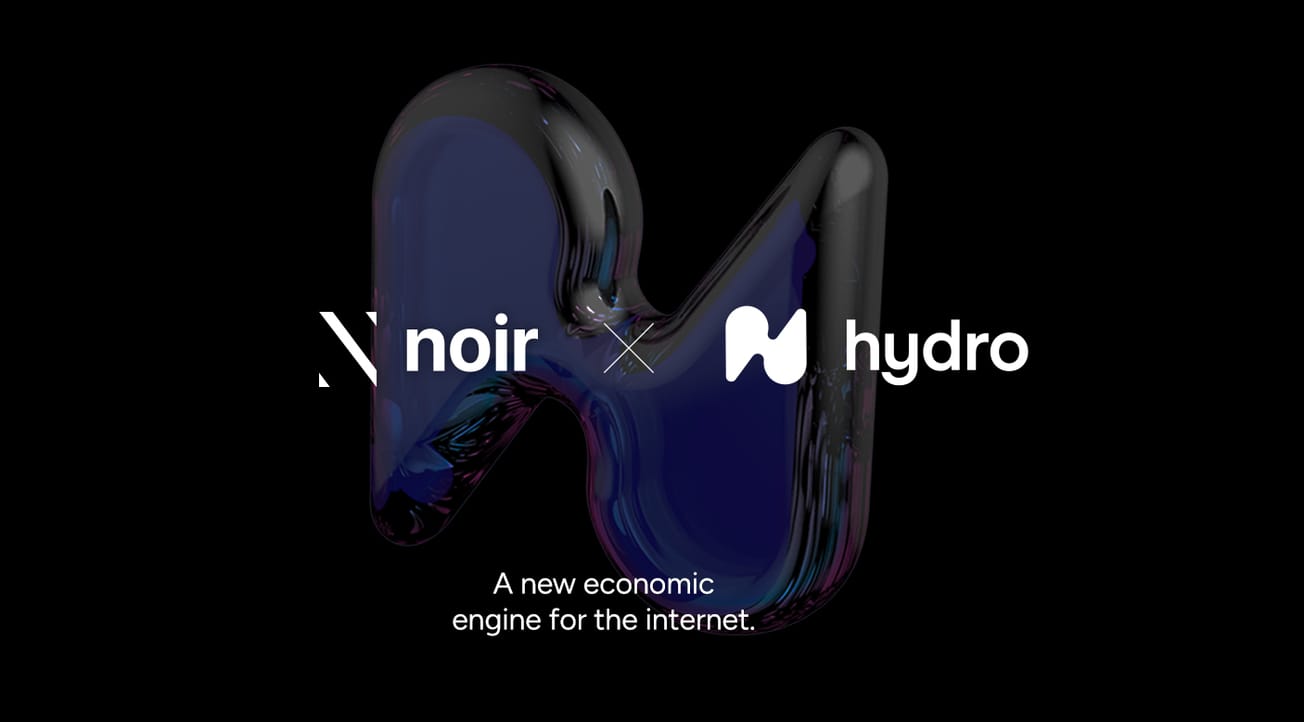One of the most important agencies that will influence the future of XR technology is the FCC. What they decide will either change how we use XR technology or determine if it'll stay a device used exclusively indoors. Will it be a tool that we can use to improve our lives every day, or just restricted to gaming and training? By following the agency's decisions, you can make sure you're prepared for the future.
Will the FCC Let the Metaverse Be?
The FCC—the Federal Communications Commission—might not regulate digital content, but their decisions were responsible for the mobile marketplace and the onset of widespread WiFi, plus the introduction of 5G into the market. As VR, AR and MR wearables become increasingly advanced and lightweight, it’s likely they will rely on 5G and similar but improved architecture
The FCC will be an important player in how AR and VR devices work. As AR and VR technology becomes more advanced, their usefulness will depend on the FCC meeting certain technical challenges that result from increased bandwidth. With additional wireless capacity, we can use wearables to connect wirelessly with our virtual simulations, so that we're moving freely without cables attached. Otherwise, we'll just have more wires—something that has already proved a challenge to user retention with VR wearables.
Moreover, virtual experiences are only as good as the data that's transferred. If the amount of data isn't enough or isn’t fast enough, the experience will be laggy and asynchronous. Current Wi-Fi capacity and Bluetooth reliability aren't enough to provide a consistent experience. As a result, wearables use cables in high-end AR/VR experiences and free movement becomes impossible. Wireless capacity needs to increase significantly to reach a point where every product will perform highly with unlimited range, ideally this will rely on 5G—which means the ball is in the FCC’s court.
Stuck Indoors of Free-Roam?
Without wires, we’d be tethered indoors, unable to take VR or MR wearables beyond the confines of our walls. A current pending decision from the FCC could change this, by allowing enough spectrum to connect wearables to the internet wirelessly. Essentially, the FCC has the power to change how our future headsets will connect.
This is the first step in forfeiting the opportunity for wearable-computer connectivity once FCC approves it. Since 2020, FCC has approved 6GHz band for unlicensed access and made it possible for gigabit Wi-Fi to be created.
But to prevent harmful interference for certain licensed use of the 6GHz band, the FCC put some limitations in place: these devices, including Wi-Fi 6E, are only allowed to work indoors. Mobile devices cannot act as hotspots, and there is a six-inch communication radius limitation between two usable devices (where before it had been completely unrestricted). This restriction also keeps users from using 6 GHz outside due to “indoor-only” restrictions.
Verdict
Some think that phones, empowered by edge computing, will be the Central Processor for each of us to connect to the metaverse, syncing up with MR wearables to immerse us in a digitally-interfacted world rich with information, entertainment and enhanced experiences. Currently, the FCC is yet to make a decision on 6GHz. A sway in the wrong direction could push major XR and MR investors to turn their heads towards Europe and South-East Asia, making these regions the world leaders pioneering the way to the metaverse.









